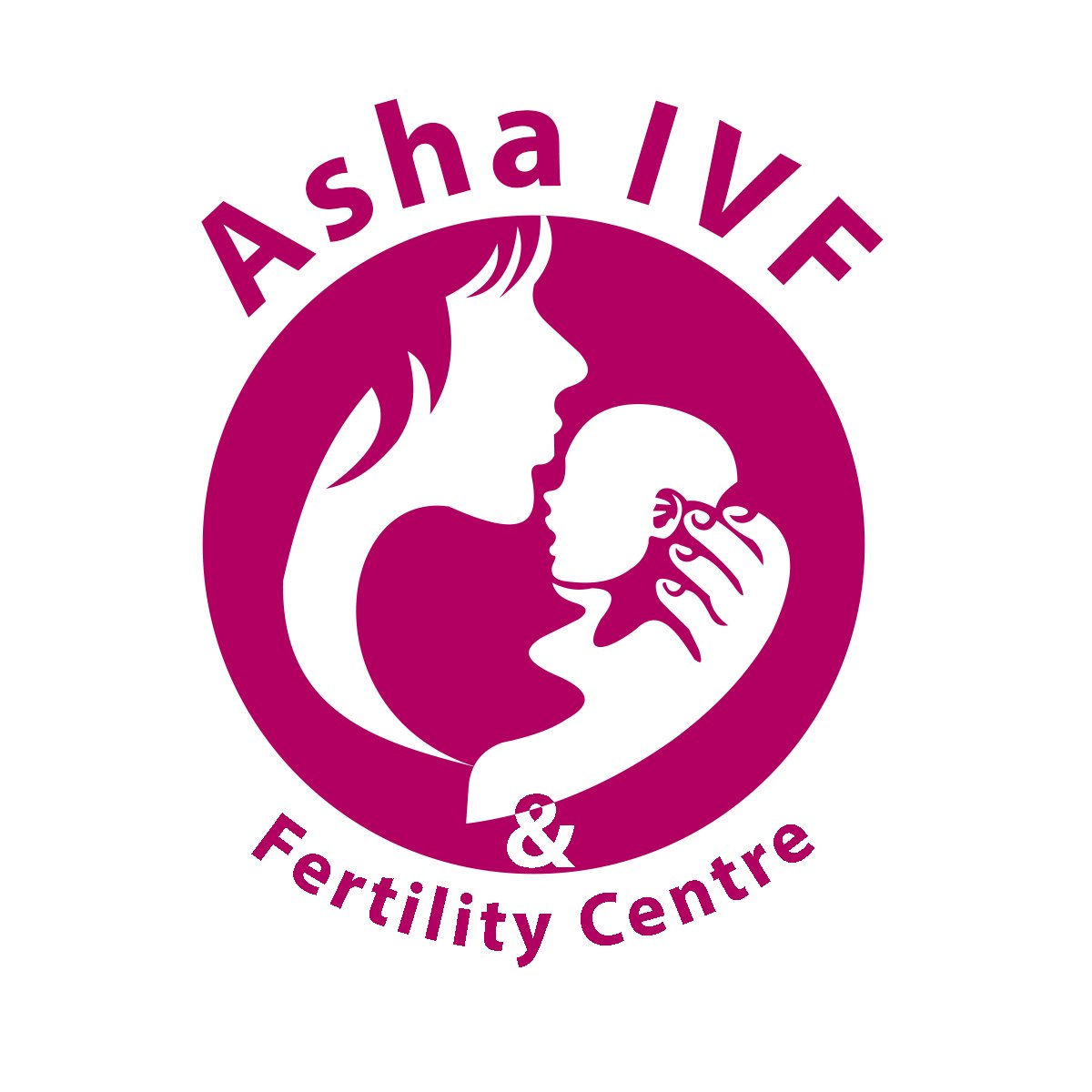Authors:
- Dr. Astha Chakravorty, ( Sr. Consultant, Infertility and IVF Specialist ), Asha IVF & Fertility Centre, Faridabad
- Dr. Waseeb Andrabi, (Cluster Head Embryology), NOVA IVF & Fertility, New Delhi
Abstract
Objective: Challenges in endometrial receptivity can lead to implantation failures. This study assesses the effectiveness of the Endometrial Receptivity Array (ERA) in identifying these challenges in patients with prior failures in euploid blastocyst implantation. The study explores if identifying endometrial factors through ERA could result in actionable insights that improve patient outcomes.
Methods: We conducted a retrospective analysis of 88 patients who underwent ERA assessments from 2014 to 2017. We compared the reproductive success of patients undergoing standard frozen embryo transfer (FET) protocols against those who, based on non-receptive ERA results, followed personalized embryo transfer (pET) protocols.
Results: Among those who had experienced at least one failed transfer of a genetically normal embryo, 22.5% were found to have timing issues in their window of implantation (WOI), as identified by the ERA, and were thus eligible for pET. Subsequent transfers using the personalized approach showed higher rates of implantation and ongoing pregnancies (73.7% vs. 54.2% and 63.2% vs. 41.7%, respectively), although the differences did not reach statistical significance.
Conclusions: The study highlights that a significant number of individuals with a history of failing to implant euploid embryos have misaligned implantation timings as detected by the ERA. Adjusting the transfer protocol based on ERA findings might enhance the success rates of future transfers. Further extensive randomized trials are necessary to corroborate these findings.
Introduction
The process of human implantation requires a finely-tuned interaction between a viable embryo and a prepared endometrium. The failure of implantation is most commonly caused by embryos lacking genetic viability. Within IVF procedures, using comprehensive chromosome screening (CCS) to select
genetically viable blastocysts has proven to significantly boost the rates of successful implantation over selections based merely on morphological criteria. However, even genetically sound embryos do not always result in successful implantation, occurring in approximately one-third of all transfers.
Methods
The concept of endometrial receptivity revolves around a specific and brief window of implantation (WOI), influenced by a complex network of hormonal signals including endocrine, paracrine, and autocrine factors. Normally, this window lasts about 4–5 days during a typical menstrual cycle, within which a blastocyst must implant. In the context of assisted reproductive technologies, this natural timing is artificially replicated using estrogen and progesterone, with the WOI being monitored through ultrasound and hormonal blood tests. However, these conventional methods for determining endometrial receptivity are imprecise and subjective, affected by variations between patients and
clinicians, leading to unreliable clinical definitions of the WOI. Consequently, there is a pressing need for a method that can objectively and consistently measure endometrial receptivity.
To address this, various research initiatives have explored the use of proteomics to delineate the expression dynamics of the endometrium in its proliferative and secretory phases. The discovery of distinct gene expression patterns has enabled researchers to differentiate between receptive and non-
receptive endometrial states. The Endometrial Receptivity Array (ERA), developed through detailed molecular examination of these patterns, offers an objective approach to molecularly date the endometrium. By analyzing 238 gene transcripts that vary across the endometrial cycle, the ERA aims to customize the timing of embryo transfers, particularly beneficial in cases of repeated implantation failures where the endometrial condition is suspect. Notably, the ERA’s reliability has been confirmed through its consistent performance across different menstrual cycles, proving more precise than traditional histological methods in pinpointing the optimal WOI. Despite its promising applications, the full clinical advantages of the ERA continue to be explored.
Results
Within the cohort of 88 patients assessed with the Endometrial Receptivity Array (ERA) from 2014 to 2017, a notable percentage exhibited alignment issues in their endometrial receptivity windows that had previously gone unrecognized. Precisely, 22.5% of these individuals, who all had encountered at least one unsuccessful transfer involving a euploid embryo, demonstrated deviations in their window of implantation (WOI). Based on these insights, personalized embryo transfer (pET) strategies were tailored for these patients according to their unique ERA diagnostics.
The adoption of personalized transfer protocols markedly enhanced reproductive success metrics. The implantation success rate for patients managed under the pET protocols climbed to 73.7%, a significant rise from the 54.2% observed in patients who underwent standard frozen embryo transfer (FET) protocols. The ongoing pregnancy rates similarly improved, with 63.2% in the pET group compared to 41.7% in the standard protocol group. While the statistical significance of these improvements was constrained by the limited sample size, the data suggestively points toward the effectiveness of customized embryo transfer timings.
Discussions
The findings from this investigation highlight the critical role that the Endometrial Receptivity Array (ERA) plays in pinpointing less obvious suboptimal endometrial conditions that conventional diagnostic approaches might miss. The ability of the ERA to accurately detect misaligned implantation windows enables the fine-tuning of embryo transfer timings, which could significantly boost the probability of successful implantation and subsequent pregnancy.
Incorporating ERA assessments into the treatment protocol for patients with repeated implantation failures, particularly those with unsuccessful transfers of genetically sound embryos, allows for a more individualized therapeutic approach. This strategy holds particular promise for individuals who have undergone multiple unsuccessful IVF cycles despite using embryos that are both morphologically and genetically robust.
These results advocate for the critical influence of endometrial receptivity in successful embryo implantation. They suggest that ERA could be instrumental in enhancing IVF outcomes by customizing the timing of embryo transfers based on detailed endometrial receptivity profiles. To firmly establish the benefits of ERA-guided personalized embryo transfers and consider its routine clinical application for patients with complex reproductive challenges, further studies involving larger patient groups and controlled trials are essential.
Conclusion
This investigation confirms that a considerable number of patients experiencing repeated implantation failures, particularly those with unsuccessful transfers of genetically normal embryos, could significantly benefit from the tailored application of the Endometrial Receptivity Array (ERA). The ERA not only identifies endometrial conditions that are not conducive to implantation but also assists in precisely timing the embryo transfers to enhance fertility outcomes.
Employing ERA can substantially improve how patients undergoing IVF treatments are managed, particularly those who have faced repeated implantation failures despite using euploid embryos. By pinpointing and adjusting for misaligned windows of implantation, the ERA offers a vital tool that can increase the likelihood of achieving a successful pregnancy.
Our findings highlight the critical role of endometrial receptivity in the success of embryo transfers. It is clear from our research that conventional methods for evaluating the endometrium might not capture minor yet crucial variations that can affect implantation success. Thus, the ERA emerges as an indispensable tool within reproductive technologies, providing renewed hope for many who have faced continuous setbacks in their journey toward parenthood.
To solidify these initial findings and to develop robust clinical guidelines for the routine use of ERA, further research involving larger groups and randomized controlled trials is essential. Such studies will further clarify the ERA’s effectiveness in boosting IVF success rates and in advancing the field of assisted reproductive technologies.
References
- Brosens JJ, Salker MS, Teklenburg G, Nautiyal J, Salter S, Lucas ES, et al. Uterine selection of human embryos at implantation. Sci Rep. 2014;4:3894.
- Dahdouh EM, Balayla J, Garcia-Velasco JA. Impact of blastocyst biopsy and comprehensive chromosome screening technology on preimplantation genetic screening: a systematic review of randomized controlled trials. Reprod BioMed Online. 2015;30(3):281–9.
- Yang Z, Liu J, Collins GS, Salem SA, Liu X, Lyle SS, et al. Selection of single blastocysts for fresh transfer via standard morphology assessment alone and with array CGH for good prognosis IVF patients: results from a randomized pilot study. Mol Cytogenet. 2012;5(1):24.
- Forman EJ, Hong KH, Ferry KM, Tao X, Taylor D, Levy B, et al. In vitro fertilization with single euploid blastocyst transfer: a randomized controlled trial. Fertil Steril. 2013;100(1):100–7. e1
- Cha J, Sun X, Dey SK. Mechanisms of implantation: strategies for successful
pregnancy. Nat Med. 2012;18(12):1754–67. - Remohi J, Ardiles G, Garcia-Velasco JA, Gaitan P, Simon C, Pellicer A. Endometrial thickness and serum oestradiol concentrations as predictors of outcome in oocyte donation. Hum Reprod. 1997;12(10):2271–6.
- Koot YE, van Hooff SR, Boomsma CM, van Leenen D, Groot Koerkamp MJ, Goddijn M, et al. An endometrial gene expression signature accurately predicts recurrent implantation failure after IVF. Sci Rep. 2016;6:19411.
- Altmae S, Esteban FJ, Stavreus-Evers A, Simon C, Giudice L, Lessey BA, etal. Guidelines for the design, analysis and interpretation of ‘omics’ data: focus on human endometrium. Hum Reprod Update. 2014;20(1):12–28.

